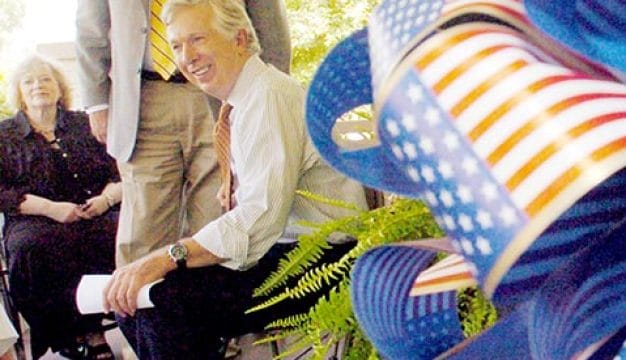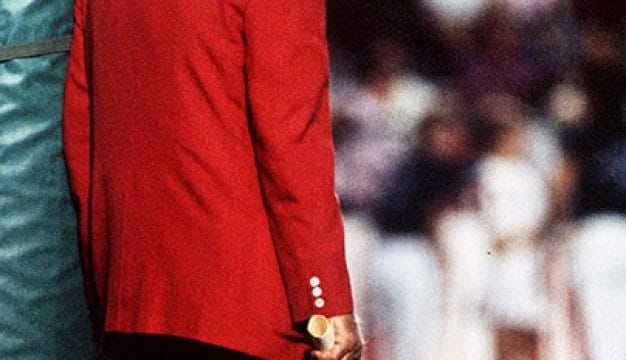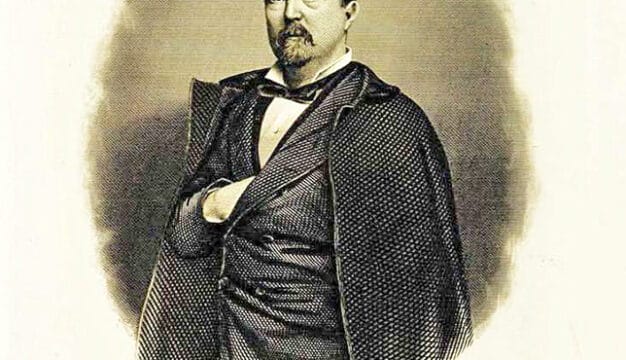Birmingham Civil Rights Institute
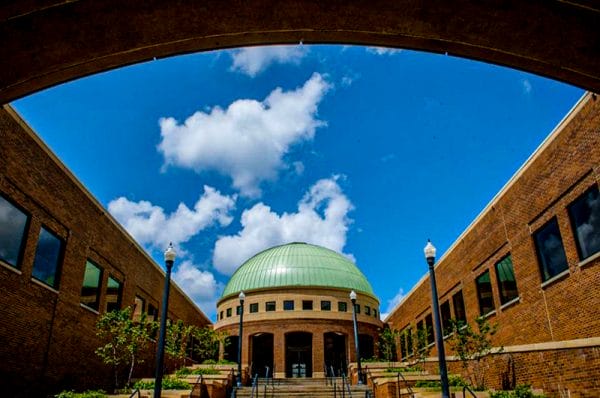 Birmingham Civil Rights Institute
The Birmingham Civil Rights Institute (BCRI), located opposite the city’s historic Sixteenth Street Baptist Church, was developed out of a need for a deep understanding of race relations and civil rights issues. Infamous for its violence and brutality in the early days of the struggle for civil rights, Alabama‘s largest city was called a battleground by leading journalists across the United States. The Civil Rights Institute today serves as a symbol of the struggle for understanding among the many different groups that make up humanity.
Birmingham Civil Rights Institute
The Birmingham Civil Rights Institute (BCRI), located opposite the city’s historic Sixteenth Street Baptist Church, was developed out of a need for a deep understanding of race relations and civil rights issues. Infamous for its violence and brutality in the early days of the struggle for civil rights, Alabama‘s largest city was called a battleground by leading journalists across the United States. The Civil Rights Institute today serves as a symbol of the struggle for understanding among the many different groups that make up humanity.
The need for such an institute was first mentioned in a press conference in 1977 by progressive white mayor David Vann. Richard J. Arrington Jr., who was elected as Birmingham‘s first African American mayor in 1979, appointed a task force to create a mission statement and plan for the facility. Arrington named Odessa Woolfolk, then-director of the University of Alabama at Birmingham‘s Center for Urban Affairs, and Frank Young, who was chairman of the Birmingham Chamber of Commerce, as co-chairs. Arrington envisioned a place where people of all backgrounds and ages could learn about an essential element of the history of Birmingham and Alabama. In the first planning meeting, Arrington remembered the long journey that he and other black citizens undertook during the height of the civil rights era. He wanted the institute to commemorate that journey and its significance to the city and to all African Americans in the South. In 1988, Arrington authorized plans for a Civil Rights Cultural District that included the renovation of Kelly Ingram Park, the public space around the Sixteenth Street Baptist Church (infamous as the site of a bombing that took the lives of four young African American girls), and the Alabama Jazz Hall of Fame in the historic Carver Theatre, as well as the establishment of the BCRI.
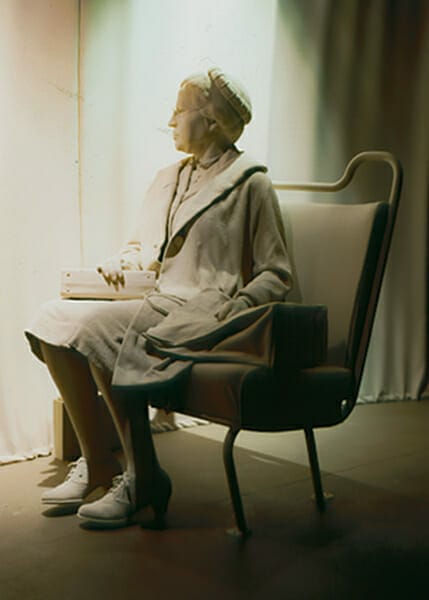 Rosa Parks Statue at BCRI
The institute is located at 520 Sixteenth Street North in downtown Birmingham. It houses a hands-on museum as well as an archive of information and documents chronicling the era, with an emphasis on the years after 1954. Near the entrance of the red-brick structure is a life-sized statue of one of Birmingham’s leaders in the fight for civil rights, Fred Shuttlesworth, who in 1956 started the Alabama Christian Movement for Human Rights.
Rosa Parks Statue at BCRI
The institute is located at 520 Sixteenth Street North in downtown Birmingham. It houses a hands-on museum as well as an archive of information and documents chronicling the era, with an emphasis on the years after 1954. Near the entrance of the red-brick structure is a life-sized statue of one of Birmingham’s leaders in the fight for civil rights, Fred Shuttlesworth, who in 1956 started the Alabama Christian Movement for Human Rights.
The interior halls of the BCRI encourage visitors to feel as though they are being transported to a not-too-distant past when Jim Crow laws ruled a segregated South. At the time, Birmingham was one of the most violent cities in the South, local police commissioner Eugene “Bull” Conner hurled racist epithets, and African Americans suffered constant abuses to their rights and themselves.
The main room displays a replica of a bus from the Freedom Rides, which became a symbol for the movement after its participants met with violence three times in Alabama. In addition to this historical display, visitors may view a 12-minute film Going Up to Birmingham, which chronicles the history of the city. In the Barriers Gallery, 14 exhibits document everyday life in the early days of segregation in the city. The displays include an entrance to a coal mine, a segregated streetcar, a newspaper office in the early twentieth century, a narrow “shotgun” house, a classroom, and a church. As visitors move from exhibit to exhibit, a video jukebox plays music that might have been heard on the streets of Birmingham during each period. In the Confrontation Gallery, visitors may read an account of violence on the streets, hear the intimidating words of a white politician, and experience the degradation many black citizens felt as they traversed the streets after the 1954 Brown vs. Board of Education U.S. Supreme Court decision striking down the separate-but-equal philosophy of a segregated school system. Many white citizens, angered by the decision, responded by organizing. During this time, the Ku Klux Klan became resurgent in the South, people organized White Citizens’ Councils, and men like Connor rose to power. Throughout the gallery, visitors are bombarded with the angry, racist words of white figures of authority, sounds that were all too common in the city that came to be called “Bombingham.” From the late 1940s through the mid-1960s, the black citizens of the city were terrorized by nearly 50 unsolved racially motivated bomb attacks.
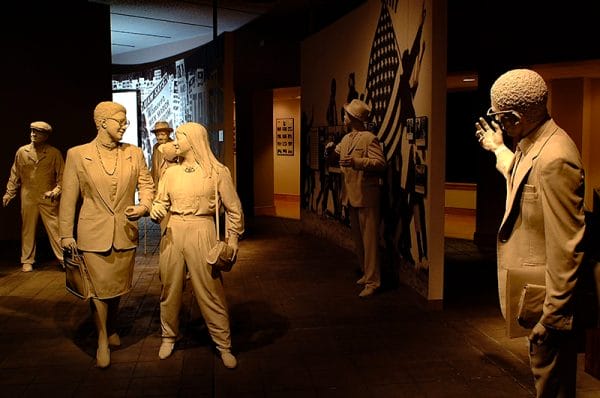 Processional Gallery at BCRI
Four mini-theaters show short films such as Bus Ride to Freedom and Birmingham: The World is Watching that present significant periods and events of the civil rights movement. The Processional Gallery depicts life-size figures walking to freedom. Visitors may also look out a window onto Kelly Ingram Park, where civil rights demonstrations frequently took place in the 1960s. Monuments in the park depict images from the civil rights struggle: fire hoses and attack dogs, children who joined the protests during the Birmingham Campaign, and a statue of Martin Luther King Jr. The Milestones Gallery portrays local and national achievements in racial justice on three-dimensional iron pedestals that mimic the milestones found on highways. The Human Rights Gallery offers an interactive media display showing the international scope of the movement for human rights. Finally, the Richard Arrington Jr. Resource Gallery is a state-of-the-art interactive computerized learning center where students and scholars may gather to access the latest historical research and ideas concerning the ongoing progress to forward civil rights in the twenty-first century.
Processional Gallery at BCRI
Four mini-theaters show short films such as Bus Ride to Freedom and Birmingham: The World is Watching that present significant periods and events of the civil rights movement. The Processional Gallery depicts life-size figures walking to freedom. Visitors may also look out a window onto Kelly Ingram Park, where civil rights demonstrations frequently took place in the 1960s. Monuments in the park depict images from the civil rights struggle: fire hoses and attack dogs, children who joined the protests during the Birmingham Campaign, and a statue of Martin Luther King Jr. The Milestones Gallery portrays local and national achievements in racial justice on three-dimensional iron pedestals that mimic the milestones found on highways. The Human Rights Gallery offers an interactive media display showing the international scope of the movement for human rights. Finally, the Richard Arrington Jr. Resource Gallery is a state-of-the-art interactive computerized learning center where students and scholars may gather to access the latest historical research and ideas concerning the ongoing progress to forward civil rights in the twenty-first century.
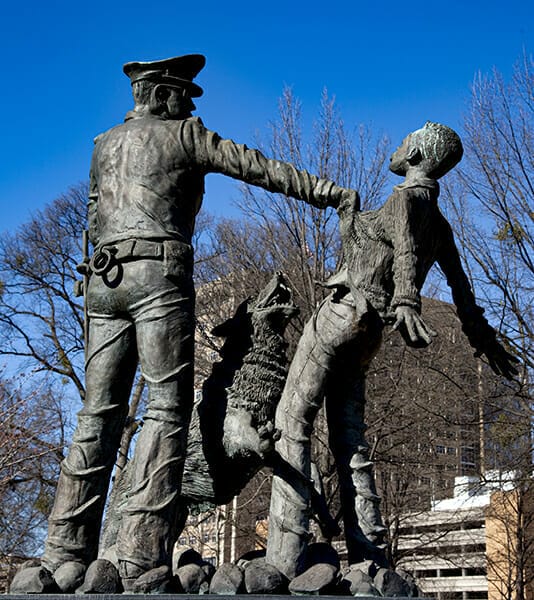 Kelly Ingram Park Sculpture
The institute has become a major repository for archives, records, documents, and first-hand accounts for scholars and students studying the history of civil rights in the South. Its archives include papers and correspondence of Shuttlesworth and Ruth Barefield-Pendleton, the long-time secretary of the Alabama Christian Movement for Human Rights; a collection of surveillance images taken by the Alabama Bureau of Investigation; photographs and press accounts of Selma in the 1960s, and newspaper columns and correspondence of Emory O. Jackson, editor of the Birmingham World newspaper. The institute shares its research and archival information online through a hyperlink to the Birmingham Public Library. Throughout the year, meetings, seminars, workshops, and symposia are open to the public. A brown-bag lecture series featuring talks on various personalities and aspects of civil rights has been popular in the Reverend Abraham L. Woods Jr. Community Meeting Room. About 145,000 people visit the institute annually. On January 12, 2017, Pres. Barack Obama officially established the Birmingham Civil Rights National Monument, which encompasses the BCRI as well as Sixteenth Street Baptist Church, Kelly Ingram Park, and other sites significant to the civil rights movement in the area.
Kelly Ingram Park Sculpture
The institute has become a major repository for archives, records, documents, and first-hand accounts for scholars and students studying the history of civil rights in the South. Its archives include papers and correspondence of Shuttlesworth and Ruth Barefield-Pendleton, the long-time secretary of the Alabama Christian Movement for Human Rights; a collection of surveillance images taken by the Alabama Bureau of Investigation; photographs and press accounts of Selma in the 1960s, and newspaper columns and correspondence of Emory O. Jackson, editor of the Birmingham World newspaper. The institute shares its research and archival information online through a hyperlink to the Birmingham Public Library. Throughout the year, meetings, seminars, workshops, and symposia are open to the public. A brown-bag lecture series featuring talks on various personalities and aspects of civil rights has been popular in the Reverend Abraham L. Woods Jr. Community Meeting Room. About 145,000 people visit the institute annually. On January 12, 2017, Pres. Barack Obama officially established the Birmingham Civil Rights National Monument, which encompasses the BCRI as well as Sixteenth Street Baptist Church, Kelly Ingram Park, and other sites significant to the civil rights movement in the area.
Additional Resources
McWhorter, Diane. Carry Me Home: Birmingham, Alabama, The Climactic Battle of the Civil Rights Revolution. New York: Simon & Schuster, 2001.
Williams, Donnie, and Wayne Greenhaw. The Thunder of Angels: The Montgomery Bus Boycott and the People who Broke the Back of Jim Crow. Chicago: Lawrence Hill Books, 2005.
